AO Edited
Fort Churchill
The ruins of a military outpost from the 1860s form the centerpiece of a Nevada state park.
When Fort Churchill was constructed alongside the Carson River and on the Pony Express route in 1861, it was meant to serve multiple purposes. First, to intimidate local Confederate sympathizers; and second, to intimidate the local Paiutes.
The fort was constructed of adobe, with bricks made from local mud, and with sparing use of timber for roof beams and lintels. (Timber had to be brought in from the Carson Range some 30-35 miles west.) The post, although very remote at the time, at least kept those stationed there out of Civil War battlefields. It served its purpose and was decommissioned just nine years later, in 1870.
A local rancher, Samuel Buckland, bought the fort for the then-princely sum of $750 and salvaged the timbers to build a new ranch house on the Carson River, now called Buckland Station. It also is now included in the state park and has interior displays of furnishings such as the Bucklands may have used in the 19th century. A trail along the Carson River, a bit more than a mile long, runs between Buckland Station and Fort Churchill. The trail also continues downstream below Buckland Station to finally connect to the Lahontan State Recreation area. This is also part of the state park and open to the public.
The adobe bricks were just left behind when Buckland removed the timbers, and they rapidly settled into heaps of mud. The present “ruins” are actually 1930s reconstructions by the Civilian Conservation Corps. A number of buildings were not restored, and now are hardly obvious as ruins.
Know Before You Go
Fort Churchill is just west of US-95A between Silver Springs and Yerington and is reached by a well-marked turnoff from the highway onto a paved road. Buckland Station is where the highway crosses the Carson River, on the north side of the river and east of the highway.
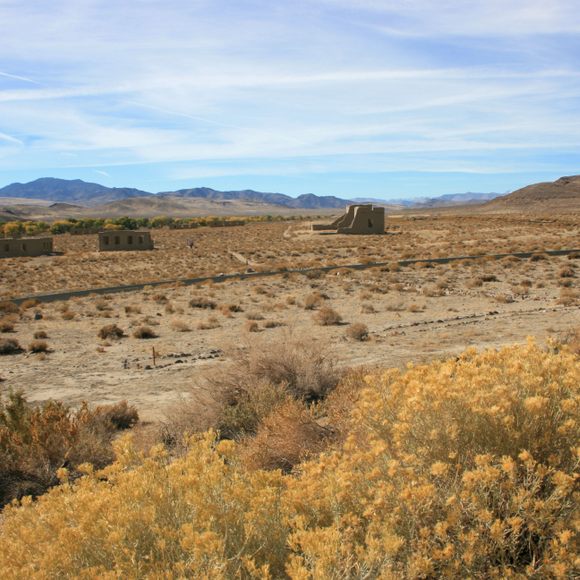













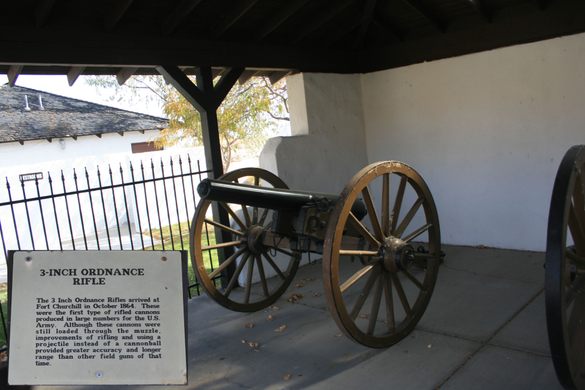













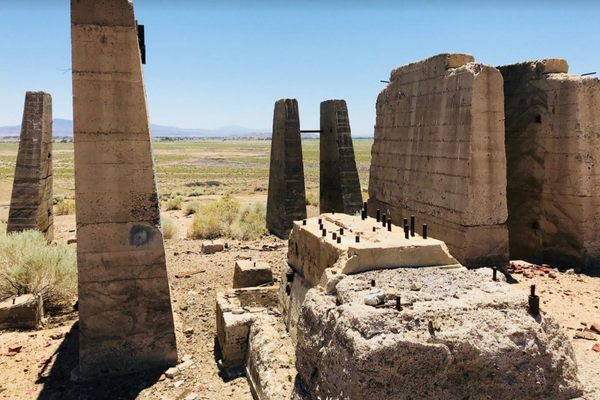


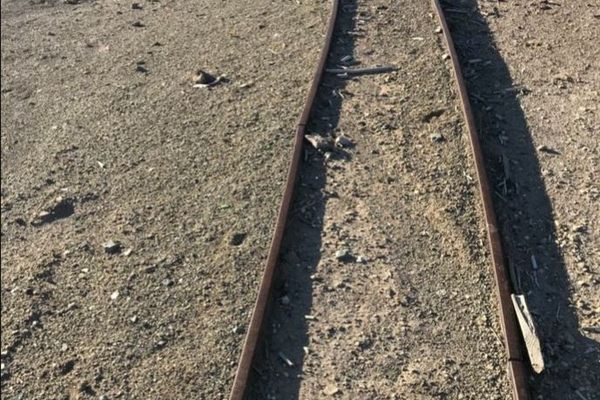
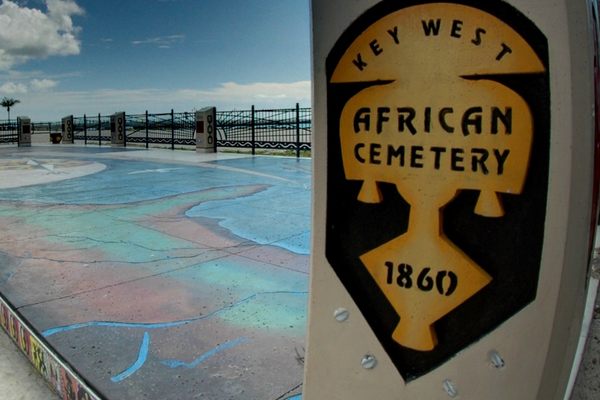
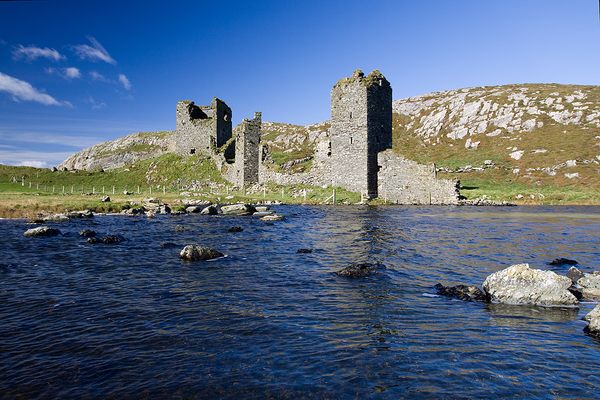

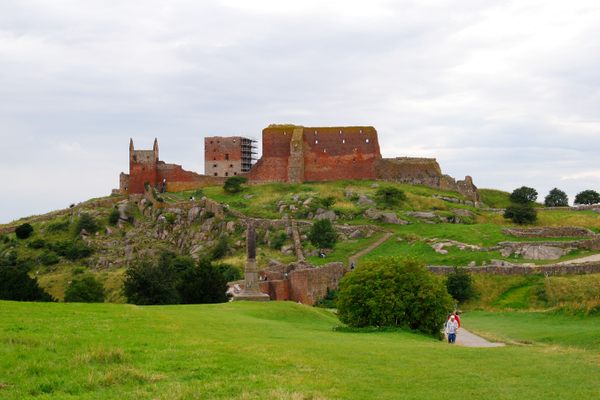

Follow us on Twitter to get the latest on the world's hidden wonders.
Like us on Facebook to get the latest on the world's hidden wonders.
Follow us on Twitter Like us on Facebook